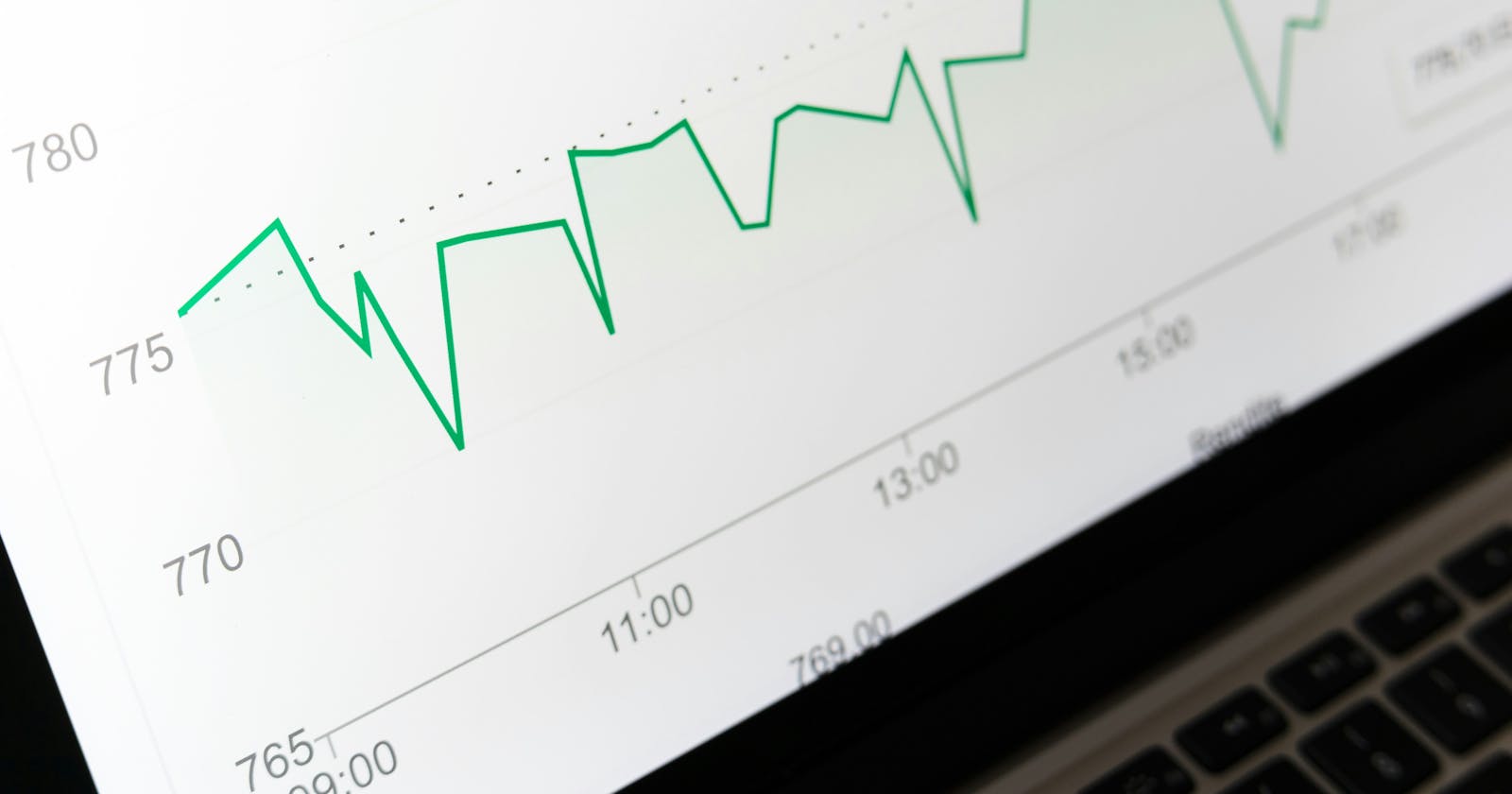Charts make your data visualization challenges easier. They give our potential users the ability to navigate through information more easily and understand what our UI UX design conveys. A UI UX design needs to be accessible and offer the users a digital platform where they can have a flawless user experience.
In a UI UX design, we need to be mindful of the data visualization tools we integrate and always deliver the most intuitive solution for our potential users.
And, charts play a big role in this game. You have many types of charts and each and every one of them carries a different purpose. Even more so, depending on our key audience we need to choose between the available charts and see which one suits us best.
Types of charts
In any design process, charts can be of many types and help you deliver a specific message. When you are talking about a more complex matter, you can’t use pie charts. When we want to create a chart that follows the journey or the transformation during a specific time frame, it is recommended to use line charts, as they will better capture the evolution. So, let’s take a better look at the types of charts. The main types of charts are pie charts, donut charts, line charts, bar charts, radial charts, composed charts, and scatter charts. There are also the gauge charts, but we will cover those in another article.
Pie charts – We all know them, we have seen them everywhere. They are designed using a round shape, and each slice represents a different category illustrated. They are easy to understand, as the size of the slices is proportional to the category or value that they represent. Charts can be used when the data provided is not divided into too many categories. So, you can see these charts when dividing the toys from a box by color or when separating the vegetables from your garden.
Bar chart – As the name suggests, bar charts can be horizontal or vertical. They are designed using rectangular bars of different sizes to illustrate the differences between the categories displayed. So, the values are represented by the length or height of the rectangular lines. This type of chart is usually used in business or financial areas to showcase different points in time. One axis represents the time spent and one the changes that have occurred over a budget.
Line and wave charts – Those charts can represent values about the provided data. We can express comparisons, bureaucracy, or even highlights, trends, and patterns over a period of time. The chart is usually divided into two axes, X and Y, and a line representing the activity of the specific values depicted in the analysis. Line charts are commonly seen in scientific research, data analysis, business, or finance, as they can demonstrate the rate change or the direction (growth and decrease) with the help of the line that is placed between the two axes.
Radial chart – A radial chart is easy to interpret and deductible, also known as a circular bar chart. It can hold more options than a pie or o donut chart. The different sizes from the chart represent the percentage of the different aspects making up the whole product.
Donut chart – This chart is similar to a pie chart. Close to a pie chart, donut charts are used to represent different classifications. The content is identical in both charts as the difference stands in slightly different shapes.
uinkits – Our Figma UI Kit
We at uinkits understand the importance of inputs in great user experiences and creating amazing UI designs. That’s why we’ve developed a Figma UI Kit with design components that include these essential UI elements that enable you to design intuitive and user-friendly interfaces effortlessly.
“You press the button, we do the rest,” – Kodak.
Inspired by this iconic tagline from Kodak, we believe in simplifying the design process for you. Our Figma UI Kit, uinkits, is a complete design system with UI components that allows you, as a UI UX designer, to create your products as quickly as pressing a button.
Our design system components, including charts, and everything you need for your design process. All you have to do is take your UI design component needed, and you’re ready to use it in your designs!
